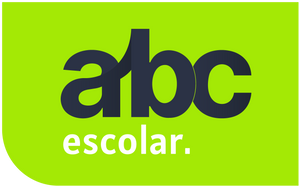Imagination is a space of freedom, autonomy and movement of ideas. This capacity can and should be stimulated, built and cultivated by promoting various games, but also actions such as thinking, dreaming, inventing, drawing and painting, which are fundamental to improving children's creativity.
However, all these actions must be carried out in a favorable, appropriate and inviting environment that promotes the child's curiosity and mental agility. Curiosity allows the child to learn effectively, making the learning process more enjoyable and rewarding.
The environment where children play should cultivate their imagination and awaken creativity, allowing them to create their own fantasies.
How to promote curiosity, creativity and imagination
Some toys provide essential stimuli to promote curiosity and, consequently, imagination and creativity, but they also allow children to experience different imaginative experiences, thus assuming a crucial role in their aesthetic, emotional and cognitive development.
Imagination is the basis of all creative activity; it is the ability to look beyond reality. The act of playing, for example, allows children to exercise their curiosity about the world around them and about themselves, thus helping them to fully experience what is imaginable.
In early childhood, children begin their development process, which is why the presence and participation of educators and parents in their games is very important. At this stage, children begin to show some ability to resolve new situations. In addition, they learn to create possibilities to deal with the unknown and to seek solutions to their difficulties.
In this sense, it is very important that toys are made available that enable the acquisition of these skills, but also the ability to communicate and relate to others.
Toys are instruments that allow the exercise of imagination and autonomy, as they enhance children's creativity, opening up space for learning and producing significant impacts on their development.




